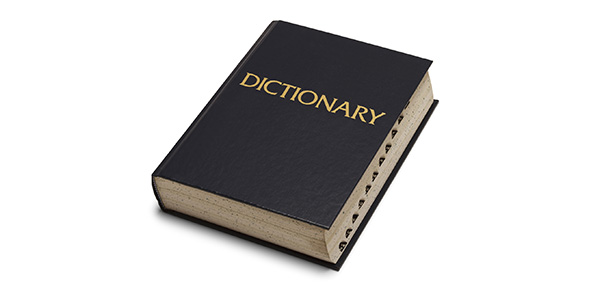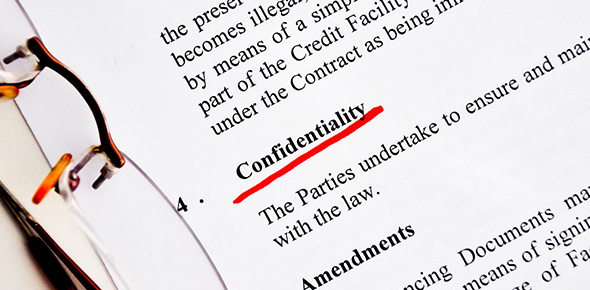Related Flashcards
Related Topics
Cards In This Set
| Front | Back |
|
Adapter
|
A two-to-three wire device which makes it possible to use a grounding wire in a two socket outlet.
|
|
Circuit Breaker
|
An automatic device for stopping the flow of current in an electric circuit as a safety measure.
|
|
Electric Shock
|
A sudden discharge of electricity through a part of the body.
|
|
Fuse
|
A safety device consisting of a strip of wire that melts and breaks an electric circuit if the current exceeds a safe level.
|
|
Ground
|
In electrical engineering, ground or earth is the reference point in an electrical circuit from which voltages are measured, a common return path for electric current, or a direct physical connection to the Earth.Electrical circuits may be connected to ground (earth) for several reasons.
|
|
Ground-Fault Circuit Interrupter
|
A residual-current device is most commonly known as a Ground Fault Circuit Interrupter (GFCI),Ground Fault Interrupter (GFI) or an Appliance Leakage Current Interrupter (ALCI).
|
|
Open circuit
|
An electrical circuit that is not complete.
|
|
OSHA
|
|
|
Short Circuit
|
In a device, an electrical circuit of lower resistance than that of a normal circuit, typically resulting from the unintended contact of components and consequent accidental diversion of the current.
|
|
Alternating Current
|
|
|
Ampere
|
|
|
Conductor
|
A material through which electric current can pass. In general, metals are good conductors. Copper or aluminum is normally used to conduct electricity in commercial and household systems.
|
|
Current
|
An electric current is a flow of electric charge. In electric circuits this charge is often carried by moving electrons in a wire. It can also be carried by ions in an electrolyte, or by both ions and electrons such as in a plasma.
|
|
Cycle
|
The unit of frequency; one hertz has a periodic interval of one second
|
|
Direct Current
|
An electric current flowing in one direction only.
|








